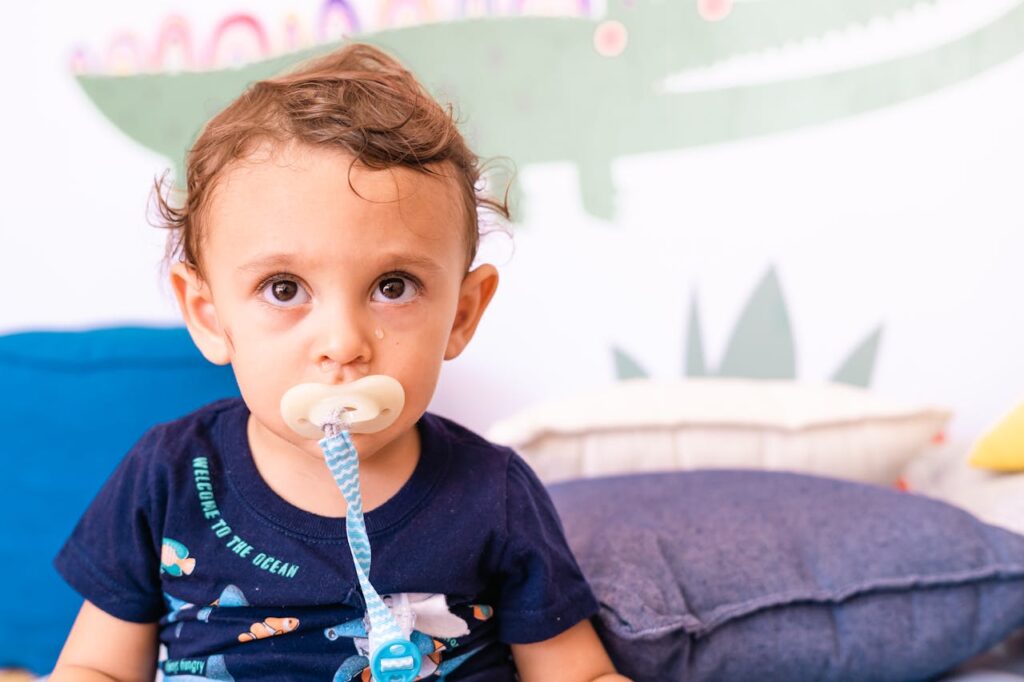Toddlers. Oh, the joys and the challenges! Tantrums, defiance, and the ever-present question of how to keep the peace without resorting to yelling. It’s a common struggle, but it doesn’t have to be a shouting match. Effective discipline for toddlers isn’t about punishing, it’s about teaching and guiding. This post explores strategies to help you navigate toddlerhood without raising your voice.
Understanding the Toddler Brain:

Before diving into techniques, it’s crucial to understand the developmental stage. Toddlers are still learning to regulate their emotions and understand cause and effect. They’re developing a sense of independence, but they’re also incredibly reliant on their caregivers. Expect meltdowns, testing of boundaries, and a whole lot of “no.”
Strategies for Effective Discipline Without Yelling:
- Set Clear Expectations and Boundaries: Toddlers thrive on routine and predictability. Establish clear rules and expectations, explaining them in simple terms. Visual aids, like a chart with pictures of rules, can be particularly helpful. Make sure the rules are age-appropriate and achievable.
- Positive Reinforcement: Focus on rewarding good behavior, not just punishing bad. Praise, encouragement, and small rewards (like stickers or a special toy) can go a long way in shaping positive habits. Catch them being good!
- Redirection: Instead of focusing on the negative behavior, redirect the toddler’s attention to a more appropriate activity. If they’re about to climb on the table, offer a stacking toy or blocks. If they’re throwing toys, offer a different toy or a game that involves tossing and catching.
- Time-Out (Done Right): Time-outs aren’t about punishment; they’re about giving the toddler time to calm down and process their emotions. Keep it short, around one minute per year of age. Make sure the “timeout” area is safe and calming, not a punishment chamber.
- Consistency is Key: Consistency is essential for toddlers. All caregivers need to be on the same page regarding expectations and rules. Inconsistency can confuse the child and make discipline less effective.
- Empathy and Understanding: Acknowledge your toddler’s feelings, even if you don’t agree with their behavior. “I see you’re frustrated,” or “It sounds like you’re feeling angry” can help them process their emotions. Don’t dismiss their feelings.
- Provide Alternatives: If a child is doing something you don’t want, think about ways to provide positive alternatives. Instead of saying “Don’t touch that,” offer an alternative: “Let’s use this instead.” or “We can touch it gently.”
- Address Underlying Needs: Sometimes, tantrums are a cry for help. Are they tired? Hungry? Are they trying to communicate a need that you haven’t noticed? Pay attention to your toddler’s cues and address those needs.
- Stay Calm: This is often the most difficult part. If you find yourself getting frustrated, take a step back, breathe, and try again. Modeling calmness is essential for teaching your child how to manage their own emotions.
Avoid These Traps:
- Arguing: Avoid getting into power struggles.
- Bribery: This can teach your child that the desired behavior is only for a reward.
- Threatening: Threats often create more anxiety than cooperation.
- Using Sarcasm or Shaming: This can damage the child’s self-esteem and emotional well-being.
Discipline doesn’t have to be synonymous with yelling. By using these effective strategies, you can build a strong and positive relationship with your toddler, teaching them valuable life lessons while keeping the peace. Remember, every child is different, and what works for one might not work for another. Be patient, persistent, and most importantly, be kind. Good luck navigating the wonderful world of toddlerhood!

